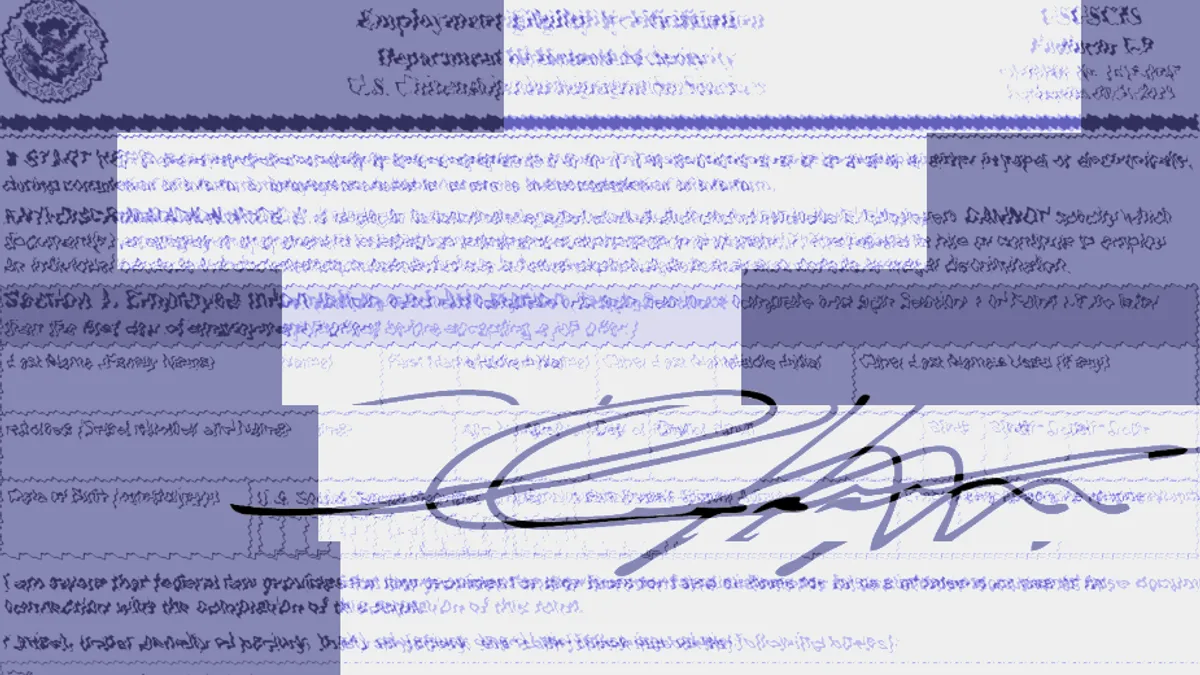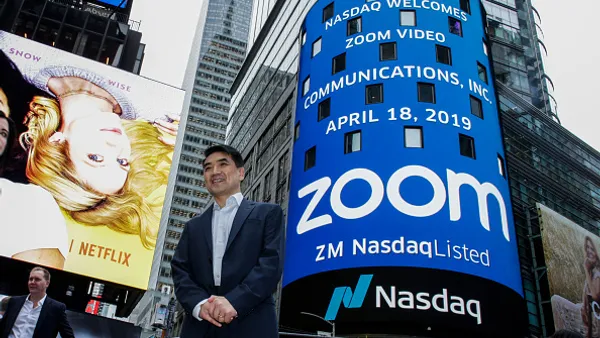Financial gain may be the primary factor behind 2015's record level of mergers and acquisitions (M&A), but the costs and implications can be far bigger than simple economics would suggest. In many cases, an organization’s people can be just as vital as calculating traditional capital assets to understand the true value of an M&A deal.
"An M&A deal may seem to make perfect financial and strategic sense, but the organizations involved also need to assess and manage integration and the complexities behind it," says Paul Schultz, CEO of Aon Securities.
In fact, the big players in consulting and analysis have the same message when it comes to corporate M&A: the failure rate consistently hovers between 70% and 90%, according to a recently released white paper from XpertHR.
Michael Jacobson, a legal editor at XpertHR and white paper author, says one often-cited M&A success indicator is stock price, but only one third of companies involved in an M&A in 2015 saw their company's stock price rise after the deal.
The trouble with M&A
The stakes have never been higher, Jacobson explains. In the United States alone, there was a 60% increase of M&A activity year-over-year and companies are paying record-high valuations for acquisitions. Given these trends, a disconcerting number of companies are poised to experience M&A failure on a major scale, he says.
"While the failure rate and negative impact of mergers or acquisitions is alarming, it also presents a promising opportunity for top HR leaders," Jacobson says, adding that the right levels of HR involvement can reduce costs and ensure cultural and organizational integration runs smoothly. If the human element is neglected, however, not only can initial costs increase, but the strategic intentions of the deal could also fail to materialize.
With the understandable focus on the financial potential of an M&A deal, "people risks are often unseen and, at times, under-appreciated," adds Kyle Kalinich, senior vice-president, Aon Transaction Solutions.
To help ensure a better outcome for M&A activity, XpertHR's Jacobson recommends that HR professionals signal their desire to lead and get involved early in any M&A activity. While there is no "magic formula" for ensuring a successful integration, Aon offers these steps for HR leaders to consider in a potential M&A situation:
Assess cultural differences
Possibly one of the biggest mistakes companies involved in M&A make is that they focus too heavily on similarities and differences between the organizations’ cultures. "Really, they should focus on what the combined culture needs to be in order to execute a winning strategy," warns Mark Oshima, managing partner, Aon Strategic Advisory.
Include the cost of integration
Organizations repeatedly neglect to sufficiently estimate the costs of integrating employees and teams in the deal model. As a result, businesses don’t always allocate the right budget to successfully blend disparate organizations, cultures and systems. "Getting human capital experts involved early helps you price the deal appropriately so you can achieve the strategic intent of the transaction," says Oshima.
Factor in benefits
It's not just the cost of physical integration that needs to be considered. Buyers also need to evaluate the target organization's compensation and benefits programs to quantify financial liabilities. "Acquirers may need to develop actuarial estimates of pensions and welfare programs, which can be used in purchase price negotiations," advises Kalinich.
Prioritize change management
Organizations often overlook the fact that in order to achieve a successful merger, the appropriate resources need to be made available to manage the process. By designating in-house experts who understand the strategic vision of the deal as ambassadors, businesses can create resources for change management. "There must be accountability in the integration process, and all employees should be aware of who holds the authority for strategic decision-making," says Oshima.
Consider legal obligations to staff
Employees' rights can have a significant influence on whether or not a deal is successful. Cross-border acquisitions often come with unexpected liabilities or generate additional unforeseen costs. "Acquirers need to be aware of labor law compliance, including estimated cost of pre-closing non-compliance," warns Kalinich. "Are there foreign country regulations that need to be defined and addressed?"
Address individual concerns
M&A inevitably leads to some job losses, but simply knowing that they have a job in the new organization is often not enough to satisfy the needs of many employees. During an M&A deal, "first and foremost, people look for safety and security," says Oshima. "They ask themselves, 'Do I have a job in the new company? Will I be able to provide for me and my family?' As companies talk about the new organization, people also need to understand what's in it for them."
Communicate, communicate, communicate
Businesses often fail to understand the importance of how they communicate with employees during a merger. Connecting with leadership becomes one of the key drivers of employee engagement during a change like a merger or acquisition. "During a time of change and ambiguity, people want to know who their leaders are, if they are worthy of followership and how they will make decisions," says Oshima.
Seek advice
Organizations that fail to seek advice on M&A issues are often guilty of trying to reinvent the wheel. Getting help from third party firms or using individuals that are experienced in how these processes work can save a business valuable time and resources. "They can help you identify issues before they become problems. If you don't know what you're doing, you could put your business at risk and even bring your company down," says Oshima.
It's obvious that HR must play an important role in the due diligence process in order for firms to determine the quality, capability, fit and valuation of its new and existing talent. After all, talent is often a large component of what the firm is buying.
"By fully considering the people aspects of a deal, organizations can gain an invaluable employee endorsement for the new organization and its strategic vision, which really raises the odds of the deal being successful," says Aon's Schultz.




















